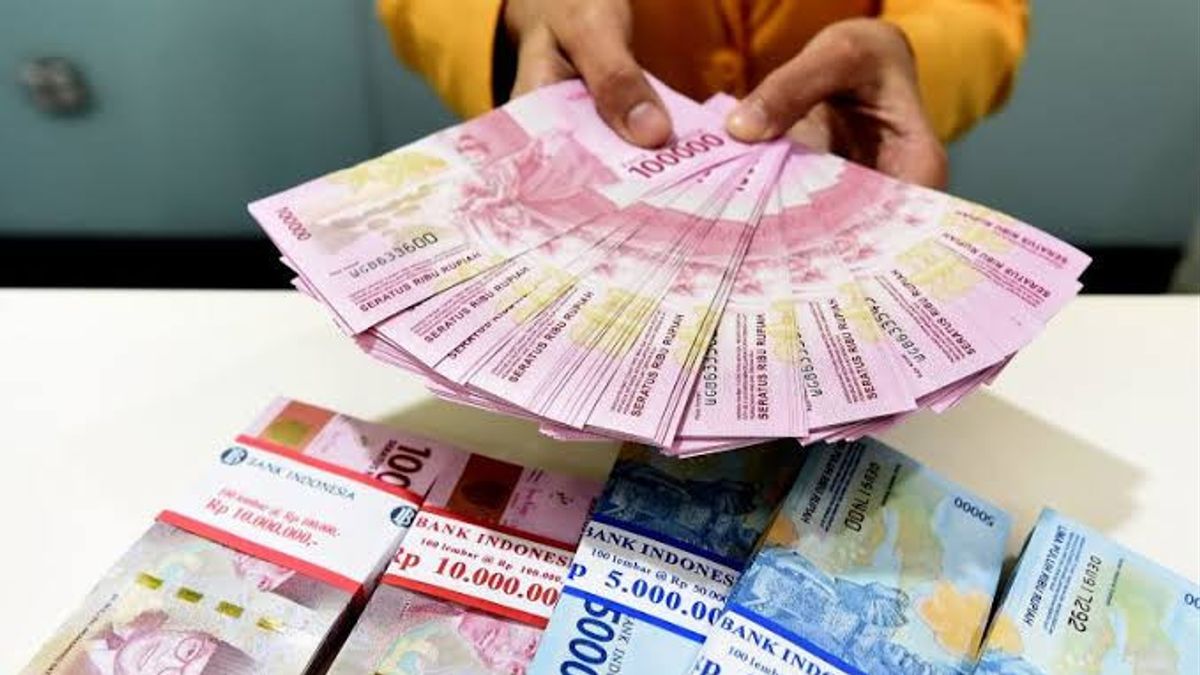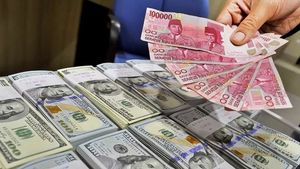YOGYAKARTA - Have you heard about what pasiva is? So what is it? The reason is, in economic science there is a term called pasiva. The pasiva itself is a sacrifice made by business actors or companies due to business activities.
In fact, pasiva itself is also something that must be paid off and is mandatory for business people according to the predetermined period. Do you still want to get to know the pasiva even further? Let's see the explanation below!
Pasiva or called the obligation is an economic sacrifice made by an entity with a third party to meet the business needs of the entity concerned. The third party will distribute capital support to accelerate business activities. Starting from product development, expansion, to improving product quality or quality.
Instead, the entity will return the capital with money, objects, or services. Pasiva payments will generally be accompanied by interest rates. The amount of interest rates depends on third party policies or agreements with an entity.
Formula Counting Pasiva
The pasiva assets are 2 components that are often found in the entity's financial statements. The components contained in the pasiva activation are assets, debts, and capital. The amount of mandatory assets is the same as the pasiva, so the position of the two must be balanced or commensurate on the balance sheet.
The formula for calculating the pasiva is broken down into 2 parts sourced in its own type of pasiva, namely:
Pasiva Functions And Entourages In Companies
The pasiva assets are 2 components that build financial reports of an industry. The ratio of the comparison between the pasiva (debt) and the assets (asset) will display the company's financial health level. Some companies are said to be financially healthy if they have more assets than debt.
Basically, not a single company is free from pasiva (debt). In fact, the position of pasiva (debt) in financial reports is a fact that the company is trying to improve its business consistently. So, don't think that this debt is a bad picture of the performance of a company.
As long as the company pays the pasiva it has, the nominal pasiva on the pasiva balance sheet is very normal. The pasiva balance is a presentation between obligations and industrial capital which is recorded on the right side of the financial report. The performance of a new company will be questioned if the presentation of the pasiva is categorized as unnatural.
Management of good assets and pasiva will bring optimal benefits. This can be seen from the annual financial statements of an entity. The profits are not only experienced by companies, but also by investors.
Types of Pasiva
Sourced in the time period, the pasiva is divided into 2 types, namely fixed and smooth pasiva. Both have their respective components. It will be discussed below, yes!
Pasiva Smoothly
It is also called short-term debt or current liabilities. Smooth phasiva is a debt whose repayment time is less than one year and must be repaid quickly. The component listed in the pasiva is smooth, namely the following.
Permanent Pacific
Diucap juga utang jangka panjang atau long term liabilities. Pasiva tetap merupakan utang yang jangka waktu pemberasannya lebih lama, sebab jumlah utangnya lebih besar. Komponen yang terdapat dalam pasiva tetap adalah selaku berikut.
So after knowing what is related to pasiva, see other interesting news on VOI, it's time to revolutionize news!
The English, Chinese, Japanese, Arabic, and French versions are automatically generated by the AI. So there may still be inaccuracies in translating, please always see Indonesian as our main language. (system supported by DigitalSiber.id)













